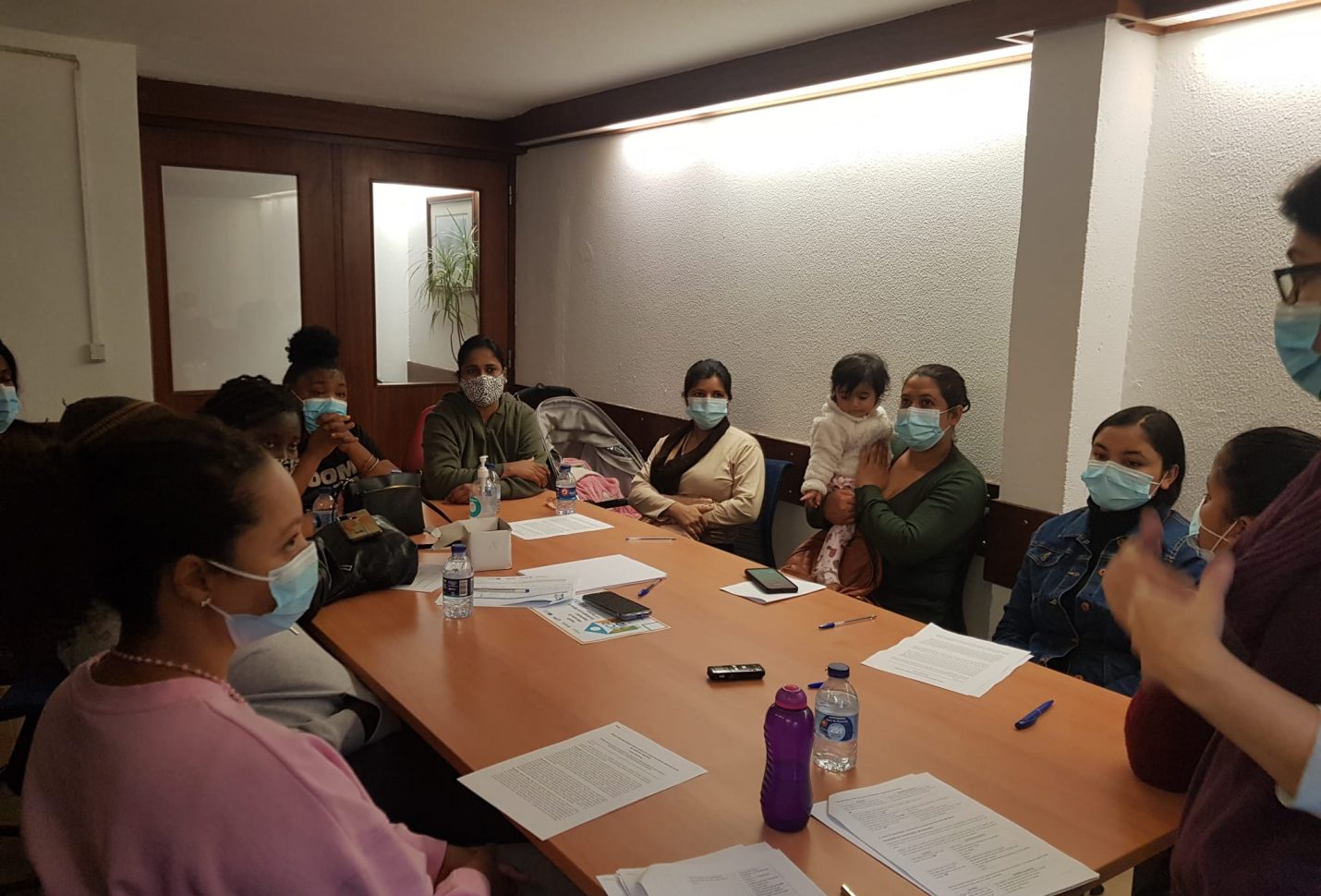
C3S: July 22 hottest day in recent history
July 22 was the hottest day on earth in recent history, according to the Copernicus ...

Lower- and middle-income countries carry the greatest burden of Non-Communicable Diseases (NCDs), accounting for some 86% of premature deaths related to NCDs, according to a report by the World Health Organization (WHO).
In these settings, developing health literacy with communities and vulnerable groups holds the key to maximizing global health and equity impact. Looking through a health literacy-lens facilitates locally relevant and effective health programs, a strong focus on equality and equity in policy and practice, and the meaningful engagement and co-design with people with lived experiences.
Health literacy describes the knowledge and competencies, daily activities and social interactions of people and communities to access, understand, appraise, remember and use health information, maintain good health, or seek care for themselves and those around them.
To curb the global epidemic of noncommunicable diseases (NCDs) such as cancer, diabetes, chronic respiratory disease and heart disease, health literacy is a decisive success factor. Health literacy responsive systems are crucial to reduce the modifiable risk factors and address the complex mixture of economic, social, commercial and environmental determinants of NCDs.
A newly released WHO report on Health literacy development for the prevention and control of noncommunicable diseases features guidance and additional case studies from national demonstration projects.
In Lisbon, Sónia Dias and her team at the National School of Public Health launched a health literacy development initiative supporting migrants and refugees living in the Portuguese capital. “People in these communities often live with undiagnosed NCDs or are exposed to risk factors, yet they are uncertain where to seek care or don’t receive or understand crucial health information”, she explains.
Based on a cross-sectional survey with 1100 recently arrived migrants, Sónia’s team created 16 different health literacy profiles – called vignettes – of typical members of the migrant community. They then presented and discussed these vignettes with migrants, healthcare professionals and social workers in ten idea-generating workshops.
“The different profiles triggered a lively discussion with participants, and we identified multiple health literacy challenges spanning from language barriers to cultural sensitivity issues with healthcare providers. But we also discovered a wealth of strengths and resources that the migrant communities can use to tackle NCD risk factors and seek adequate care, especially existing knowledge and support within their social network and family structures,” Sónia recalled.
More than 70 novel ideas emerged from the workshops and are currently being taken forward for discussion and implementation with community leaders, healthcare professionals, and local and national policy-makers.
“Through our health literacy survey and workshop series, we not only learned that health needs are often very different from what we as public health specialists assume to be a major issue. We were also able to leverage existing resources and strengths, co-design effective support measures with migrant communities, and improve equitable access to health information and services for all,” Sónia added.
July 22 was the hottest day on earth in recent history, according to the Copernicus ...
Google has engaged in partnership with DHL to utilize the DHL Express GoGreen Plus service ...
Mars has announced registering a record 8% greenhouse gas (GHG) emissions reduction against its 2015 ...


اترك تعليقا